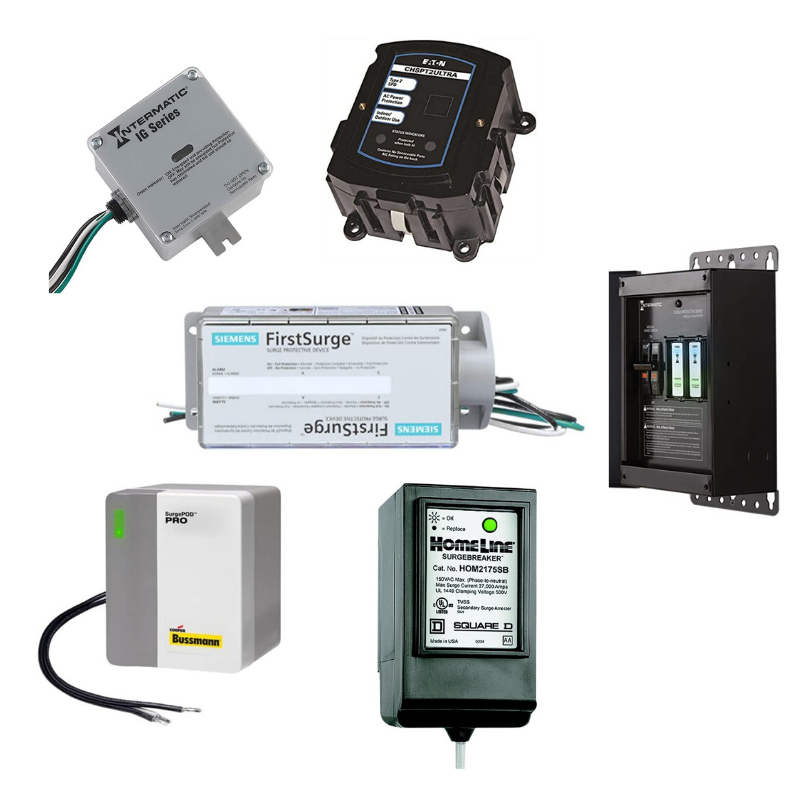Surge Protection for Refrigerators: Why It’s a Kitchen Must-Have
Surge Protection for Refrigerators is more than just a precaution; it’s an essential defense against unexpected power spikes that can wreak havoc on your kitchen’s most vital appliance. Imagine this: you’re away on a weekend getaway, and a thunderstorm hits your area. Without proper surge protection, your refrigerator is at risk of damage, potentially spoiling […]
Surge Protection for Refrigerators: Why It’s a Kitchen Must-Have Read More »

